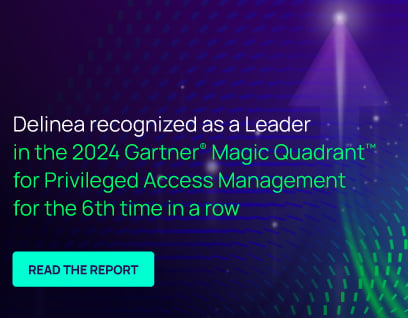PAM Journey Assessment Mapping Tool
Assess Your PAM Maturity
Privileged Access Management (PAM) is critical to protecting your organization from identity and privilege-based cyberattacks. This self-assessment will help you determine your level of cyber resilience by measuring your ability to address 38 PAM security objectives.
For each of the 38 security objectives included in the assessment, please select the level of coverage you have achieved to date (low, medium, or high). If you have not addressed the security objective at all, or if it isn’t applicable to your needs, please answer NA.
After you complete the self-assessment, you will immediately receive a personalized report. In addition, a PAM expert will reach out for a personalized review of your current state of maturity and help you determine next steps to accelerate your success path.
What to know before you begin
For maximum accuracy and efficiency, you’ll want to have a detailed understanding of your current PAM capabilities before you begin the assessment, as you won’t be able to save your answers and return. Gather inputs for each of the 38 security objectives and review with your team. You can see the complete list of objectives and a sample of the assessment report below.
